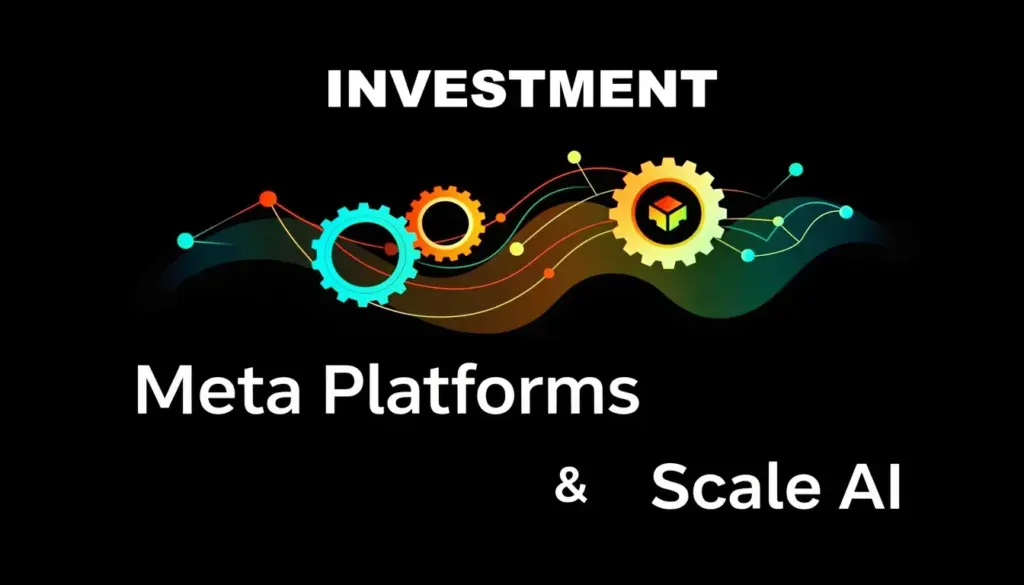Since its inception in 2012, Ripple has rapidly grown with an ambitious goal: to revolutionize interbank money transfers. Armed with low fees and rapid processing speeds, it aimed to overcome the limitations of traditional financial systems. However, Ripple’s digital asset, XRP, has also been at the center of controversy, notably involving a lawsuit with the U.S. Securities and Exchange Commission (SEC).
Despite these challenges, Ripple has consistently continued its core technology development and expanded its real-world applications in the financial sector. Strong partnerships, such as with Japan’s SBI Group, have been a significant driving force behind Ripple’s technological advancement. So, what makes Ripple’s core technology so special, and what real-world examples demonstrate its potential?
Let’s delve into the past, present, and future prospects of XRP. In this post, we’ll focus on Ripple’s core technology and its practical use cases. A subsequent post will explore Ripple’s stablecoin issuance, the potential for Amazon’s adoption of RippleNet, market evaluations and the influence of Ripple, and its future outlook.

What Makes Ripple’s Technology Unique?
Ripple’s core strengths lie in its underlying technology, the XRP Ledger, and the digital asset XRP that operates on this network. While Ripple and XRP are often used interchangeably, it’s important to note that Ripple is the company developing and providing this innovative technology, whereas XRP is the digital asset (cryptocurrency) that utilizes Ripple’s technology.
✅ Lightning-Fast Transactions: The Secret of the Innovative Consensus Algorithm
Most cryptocurrencies rely on Proof-of-Work or Proof-of-Stake for transaction verification. However, Ripple employs a unique consensus algorithm that validates transactions through a consensus among a set of trusted validators. This algorithm quickly reaches agreement on the validity of transactions through voting by these validators, enabling near-instant transaction speeds and extremely low fees for transfers utilizing Ripple’s technology. This stands in stark contrast to traditional interbank transfer systems, which can take days and involve high charges.
✅ Borderless Payments with RippleNet
Ripple’s core technology facilitates real-time, low-cost fund transfers for financial institutions through its global payment network, RippleNet. Formerly comprised of xCurrent, xRapid, and xVia, it now operates under the unified RippleNet brand.
Notably, On-Demand Liquidity (ODL) utilizes XRP as a bridge currency to enable real-time foreign exchange and remittances between different currencies. This technology offers a revolutionary alternative to the complex and expensive correspondent banking system (like SWIFT).
For instance, in the past, sending money from the U.S. to the Philippines required pre-funding a Philippine Peso account (Nostro/Vostro) at a local bank. ODL eliminates this step, allowing for real-time conversion and transfer via XRP, significantly reducing the funding burden for financial institutions. It’s important to note, however, that XRP is not used for all payments on RippleNet; it is utilized as a liquidity tool only by financial institutions that choose the ODL service.
✅ The Evolution of XRP Ledger: A Future-Ready Payment Infrastructure
Ripple’s technology is designed for high throughput and scalability. Theoretically, it can handle thousands of transactions per second, putting it on par with major payment networks like Visa. Furthermore, ongoing efforts to expand smart contract functionality (through Hooks, Sidechains, etc., albeit currently limited) demonstrate its potential to extend into various financial services, positioning it as a key infrastructure component for the future financial system.
Real-World Applications of Ripple’s Technology
Building on its innovative technological foundation, Ripple is generating diverse real-world applications and steadily expanding its influence in the global financial market. The close collaboration with Japan’s financial holding company, SBI Group, has been particularly instrumental in increasing the practical use cases of Ripple’s technology.
✅ Fast and Affordable International Transfers: ODL Adoption
Ripple’s ODL technology has achieved remarkable success, particularly in the realm of cross-border payments. At the heart of this technology is XRP, Ripple’s digital asset, acting as a bridge currency.
- MoneyGram: This global money transfer service actively utilizes Ripple’s ODL technology to revolutionize remittances between major corridors such as the U.S.-Mexico, U.S.-Europe, and U.S.-Australia. By leveraging XRP to move funds in real-time and settle in local currencies instantly, MoneyGram is addressing the long processing times and high fees associated with traditional remittance systems, providing a better experience for users.
- FlashFX: This Australian foreign exchange transfer service has also adopted Ripple’s ODL technology, offering fast and transparent international money transfers. It has gained significant attention, especially among small and medium-sized businesses and individual customers, as a cost-effective and efficient remittance solution where XRP plays a crucial role.
- EuroEx: This UK-based foreign exchange broker utilizes RippleNet for its business-to-business international payment services, reporting significant cost savings compared to traditional banking systems. The efficiency of XRP has been a key factor in this.
- MoneyTap: In Japan, SBI Group leads the development and operation of MoneyTap, a mobile remittance app built on RippleNet. With participation from several major Japanese banks, MoneyTap offers users low-cost and fast real-time money transfers, contributing to the growth of the digital payment market in Japan. Some features of MoneyTap leverage XRP for more efficient transfers.
Beyond these examples, the ongoing efforts of financial institutions like Japan’s SBI Group, which are actively integrating Ripple’s technology, continue to broaden its real-world applications.
✅ Potential as a CBDC Platform: The Future of Monetary Infrastructure
Recently, Ripple has gained recognition for the potential of its technology as a platform for issuing and distributing Central Bank Digital Currencies (CBDCs), actively targeting this market. Ripple’s private blockchain solution is highly regarded as an optimal platform for CBDC issuance due to its robust security, high throughput, and stringent regulatory compliance features. Ripple has already demonstrated its capabilities by participating as a technology partner in successful pilot CBDC projects with the Royal Monetary Authority of Bhutan and the Maldives Monetary Authority.
✅ Revolutionizing Corporate Finance: B2B Payments and Liquidity Management Solutions
Ripple’s technology network, RippleNet, extends beyond interbank transfers to offer significant potential for business-to-business (B2B) payments and liquidity management solutions. Real-time settlements and transparent transaction tracking can significantly enhance the efficiency of corporate treasury management and provide innovative solutions within the complex realm of supply chain finance. XRP can be utilized as needed in these processes.
Will Ripple’s Technology Spark a Massive Wave of Financial Innovation?
We’ve explored Ripple’s core technology, its practical applications, and its strategic partnership with Japan’s SBI Group. With its rapid processing speeds, low fees, and ability to revolutionize cross-border payments, Ripple is relentlessly innovating to overcome the limitations of the existing financial system. The growing potential as a Central Bank Digital Currency (CBDC) platform, its promise for corporate finance solutions, and the presence of strong partners like SBI Group paint a bright future for Ripple’s technology.
(Note: The Ripple story is far from over. Our next post will delve into Ripple’s market valuation and influence, the newly launched stablecoin RLUSD, and the potential for Amazon to adopt RippleNet.)
🔎 Read other posts in the Crypto & Blockchain category
👉 Fllow us on X(Twitter)


